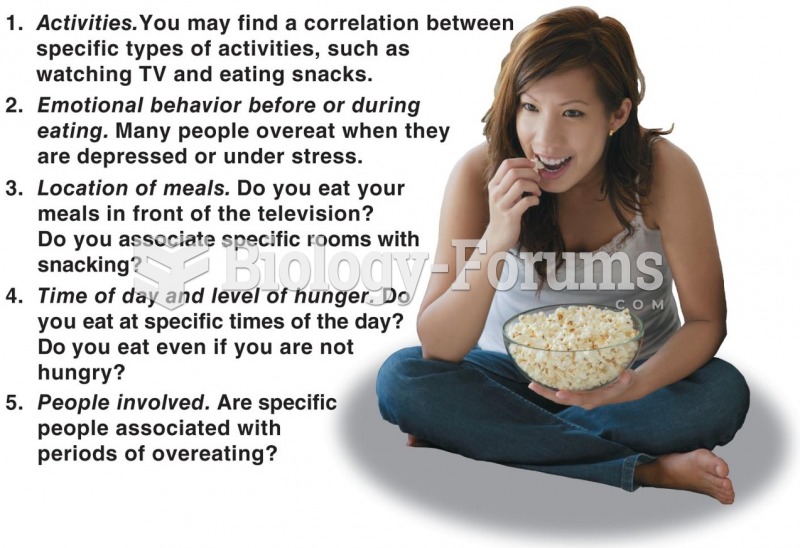|
|
|
Did you know?
There are 20 feet of blood vessels in each square inch of human skin.
Did you know?
Cyanide works by making the human body unable to use oxygen.
Did you know?
On average, the stomach produces 2 L of hydrochloric acid per day.
Did you know?
Sildenafil (Viagra®) has two actions that may be of consequence in patients with heart disease. It can lower the blood pressure, and it can interact with nitrates. It should never be used in patients who are taking nitrates.
Did you know?
Urine turns bright yellow if larger than normal amounts of certain substances are consumed; one of these substances is asparagus.






